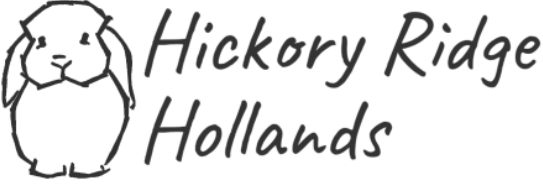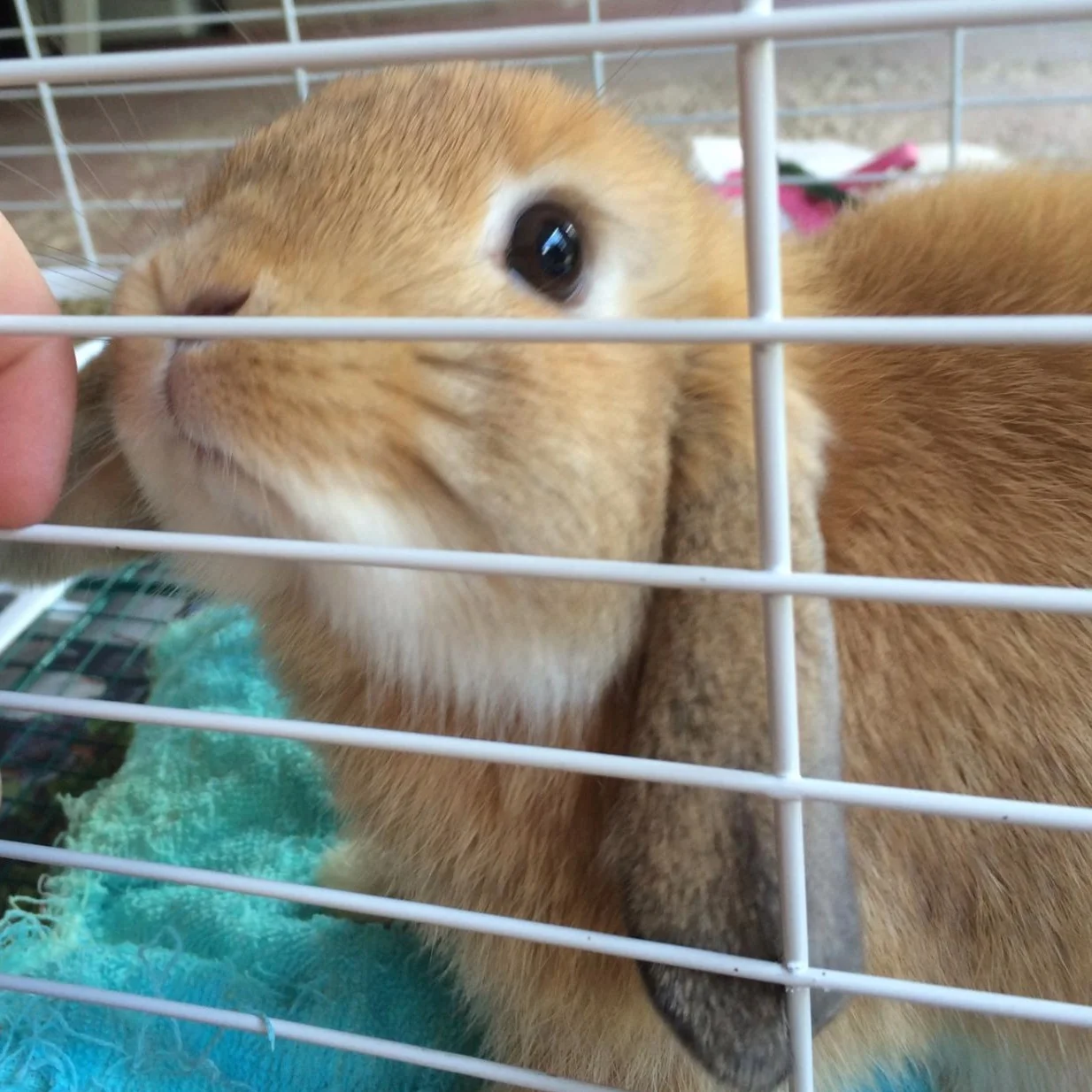The Best (and Worst) Cage Flooring for Your Rabbit
I first entered the rabbit community a little over ten years ago. I spent months researching every aspect of bunny owning. Unfortunately, not everything was as clear cut as I had hoped. When it came time to decide on a cage flooring, there was no shortage of controversy. Many owners swore wire flooring would damage my rabbit’s feet, while others complained about the difficult clean up of solid cage flooring. I couldn’t stand the thought of hurting my bunny, but with so many options how could I know which was best?
Now, years later, I have a much better understanding of the debate. In hopes of helping the new and aspiring rabbit owners of today, I’ll be writing about what I wish I had known: What cage floorings are best, and what cage floorings to steer clear of.
The following list is ranked worst to best, based off of mine and many other rabbit owner’s experiences. Of course, it is not universal and many rabbits have lived long healthy lives on each of these floorings. How much your rabbit chews, whether or not they are litter trained, and how big their cage is are all contributing factors. This is simply meant to explain the difference between each flooring, as well as the pros and cons.
5. Wood
Wood is used primarily in rabbit hutches. When used for rabbits, it must be safe wood that is untreated. This is not always the easiest to find, so you might need to do some extra searching. Due to its absorbent quality, it should only be used for litter trained rabbits. If your bunny has an accident, the cage may smell more intensely than the other options on this list. The main issue many owners have with it is that it is very easy to chew. Some rabbits even chew through their hutches and escape.
Pros:
Comfortable for rabbits
Looks nice
Cons:
Not suitable for rabbits that aren’t litter trained
Can be chewed
Absorbs rabbit pee
4. Wire
Wire is probably the most controversial cage flooring available. It does not look all that comfortable, leading many owners to believe it is harmful. However, it is also one of the only easy to clean choices for rabbits that are not litter trained. In my opinion, it can be used if necessary on one condition: at least 50% of the cage floor should be covered with cardboard, fleece, or other materials.
Pros:
Great for rabbits that aren’t litter trained
Cleaning is usually easy
Cons:
Less comfortable
Can cause sore hocks
Other materials must be provided for your rabbit to sit on
3. Plastic
Many store-bought cages come with plastic bottoms. They are commonly sold in pet stores and used by many first time owners. Rabbits generally do not feel safe on smooth, slippery surfaces, so consider adding bedding, a grass mat, carpet square or fleece pad to your cage set up. Thinner plastic cages can also be chewed through, so keep an eye on destructive rabbits in these types of cages.
Pros:
Affordable
Commonly available
Easy to clean
Cons:
Slippery
Could be chewed
Not ideal for rabbits that aren’t litter trained
2. Rugs/Mats
Rugs and mats are a great option for rabbits housed in pens or on the ground. They can be placed inside the cage, serving as a barrier between the rabbit and the ground. There are several types that rabbit owners recommend: Horse stall mats, carpet, rugs, and foam puzzle mats. These options are easy on the rabbit’s feet but not a great choice for extra destructive bunnies.
Pros:
Easy to clean
Comfortable for rabbits
Available in a variety of sizes
Cons:
Not great for destructive rabbits
Not ideal for rabbits that aren’t litter trained
1. Linoleum/Tile
Linoleum and tile are common choices for house rabbits. They can be fixed to the ground, making them perfect for exercise pens and floor level cages. They can also be placed in cage pans. If you choose to use it, try to find a slightly textured version to give your rabbit grip when jumping. They are best for litter trained rabbits, but messes can be wiped up easily during the training process.
Pros:
Affordable
Easy to clean
Versatile, can be cut to size
Cons
Some types can be chewed
Not ideal for rabbits that aren’t litter trained
Thanks for reading! If you have any questions, comments, or just something to say, contact us here.



